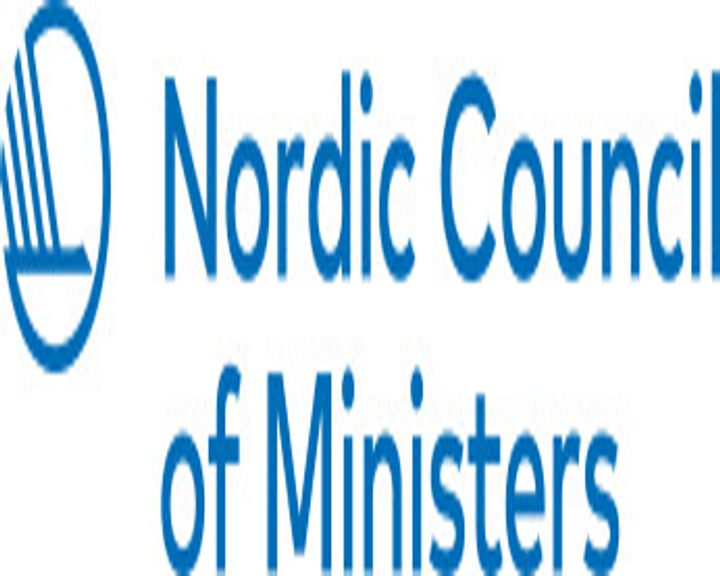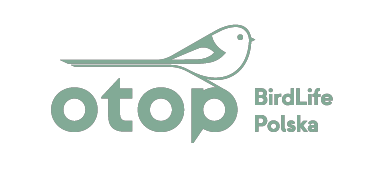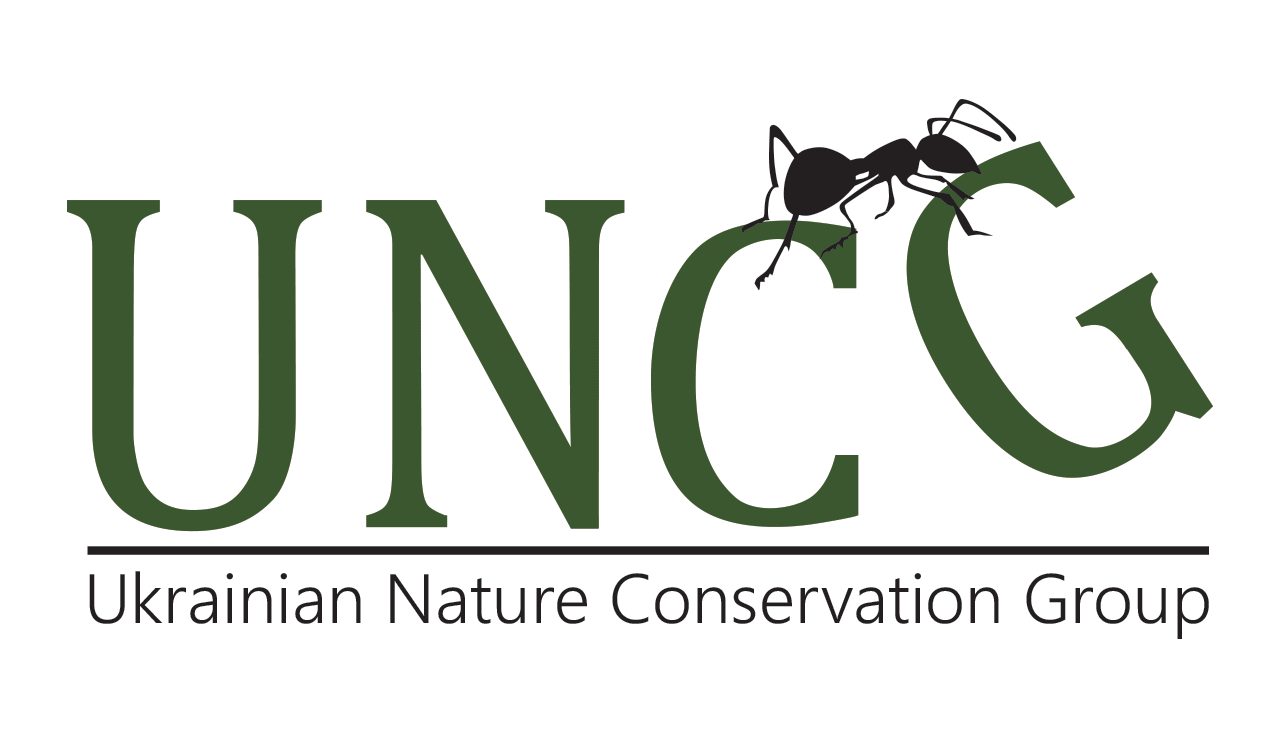
OTOP's private protected area Karsiborsa Kępa's short description
The OTOP’s private protected area Karsiborska Kępa is a nature reserve in the Świna River delta. It was formed by the subsidence of river sediments and has a long history of agricultural use. Since the early 20th century, the island was used as pastureland, but by the late 20th century, farming had significantly declined. In 1993, OTOP BirdLife Poland purchased the island for conservation purposes.
The area is an important stopover and breeding site for migratory birds, especially waders and the endangered Aquatic Warbler. Conservation efforts include mowing reedbeds and maintaining water balance to preserve the island’s natural habitats. OTOP BirdLife Poland continuously monitors the effects of conservation measures on vegetation and bird populations.
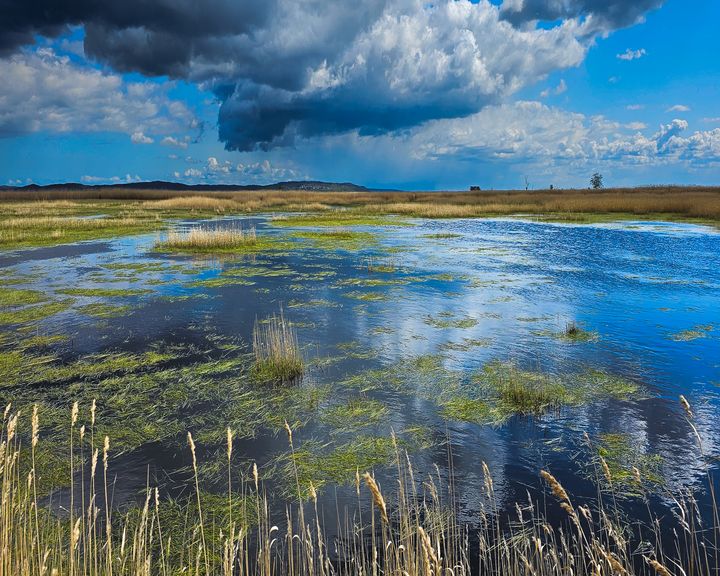
1920
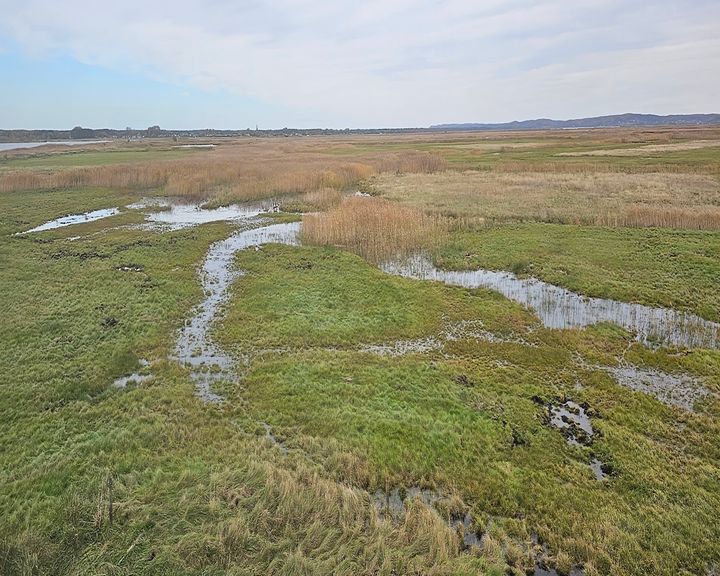
1945

1970

1990

1993

2025
History of the site
The island itself, together with other surrounding islands, was formed by the subsidence of river material as a result of the backwater activity of the Świna River Delta.
The history of land use on the island of Karsiborska Kępa is almost 200 years old. Due to its close proximity to the island, it was a base for the village of Karsibór, located to the south. As early as the 1920s-1930s, the island was adapted for livestock grazing by building a dike around it and constructing a network of drainage ditches and a pumping station. This period was probably the time of the most intensive human use of the island. After the Second World War, the area of Karsiborska Kepa was used with varying intensity, with perhaps the greatest intensification of grazing (up to 450 animals) occurring in the 1970s, when the "Ognica" Production Cooperative farmed on the island. Since the end of the 20th century, the intensity of farming on the island has declined significantly. Today, apart from OTOP BirdLife Poland, few private owners farm the island. There is a reed plantation as well as at most a dozen hectares of still functional pasture in use.
With the financial support of the Swarovski Optik company from Austria, it was possible to purchase more than 170 hectares of land in 1993 and establish one of the first social nature reserves in Poland. The immediate impetus for establishing its own reserve on Karsiborska Kepa was the results of ornithofauna research carried out in the area in the early 1990s.
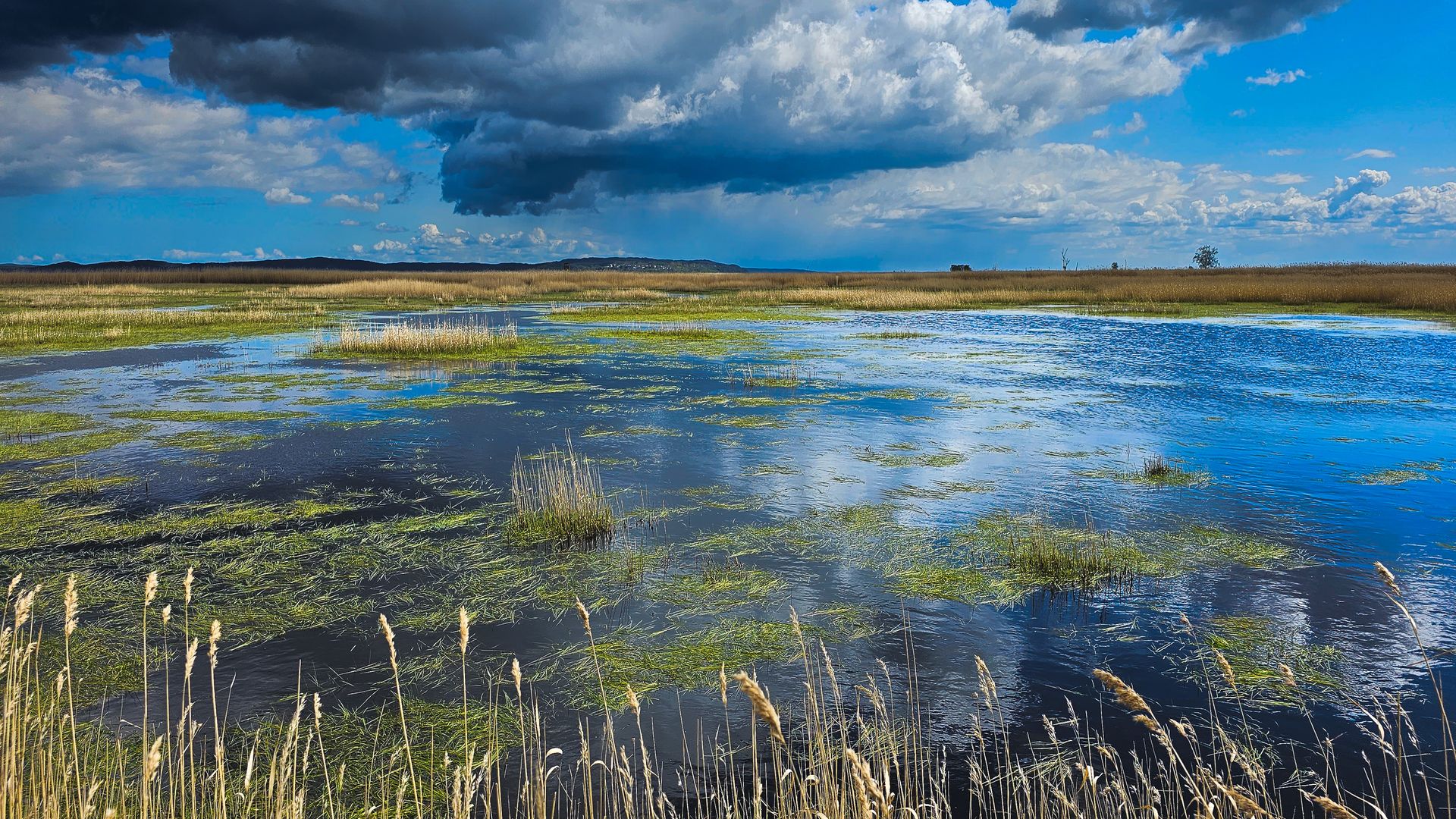
General view of the OTOP’s private protected area Karsiborska Kępa which is located in the Świna River delta (north-western Poland). photo credits: Krzysztof Kałużny
Connectivity
OTOP’s private protected area Karsiborska Kępa is one of the 44 islands of the Świna Delta, located in the immediate vicinity of Woliński National Park and belongs to the N2000 network of areas (Świna Delta and Wolin, and Uznam). These islands are located between the large islands of Wolin and Uznam. The largest urban centre in the area is the town of Świnoujście, in whose administrative area Karsiborska Kępa is located. The reserve is directly adjacent to the Karsibor district of Świnoujście.

photo credits: Krzysztof Kałużny
Characteristics of the site
Karsiborska Kępa attracts visitors with a view of vast open spaces of pastures and meadows. The island is distinguished from other Delta islands by the fact that for decades it was used agriculturally as a pasture area. It is surrounded by a dike built in the early 20th century. The flat plain of the island's interior is covered by a mosaic of low, saltmarsh meadow vegetation and patches of reed rushes and sedges. In the western part of the reserve there are coastal salt-marshes, which are the habitat of waders, while in the eastern part one will find sedge meadows overgrown with reed rushes - which are the historical and still potential breeding habitat of the Aquatic Warbler. The OTOP’s private protected area Karsiborska Kępa has an area of 197.52 ha and consists of land owned by OTOP (177.60 ha) and land leased from the State Treasury (19.92 ha). The core of the reserve is the land on the island. It also includes the several hectare Bielawka Island - located north-west of Kępa - and two similar sized islands, Ostrówek and Wola Kępa lying in the Świna River, east of Kępa. Currently, apart from OTOP BirdLife Poland, the island is managed by a small number of private owners. There is a reed plantation as well as a dozen hectares of pasture still in use by livestock.

photo by Krzysztof Kałużny
Problem, threats
The biggest problem on the island is the secondary overgrowth with the common reed. This is linked, among other things, to the abandonment of extensive livestock grazing on the island. Reed overgrowth induces the smothering of other plant formations and contributes to a drastic reduction in the biodiversity of the area. Reed expansion causes the loss of valuable breeding habitat for many bird species. A significant threat to the island is also the activity of predators such as e.g. red fox, raccoon dog, and some corvid birds - their activity significantly affects the breeding success of many bird species - e.g. ducks and meadow waders. An important threat is also the change in water relations caused by climate change - less frequent retreats of seawater from the Baltic Sea result in less supply of salty seawater to the island, important for the valuable coastal salt marshes.
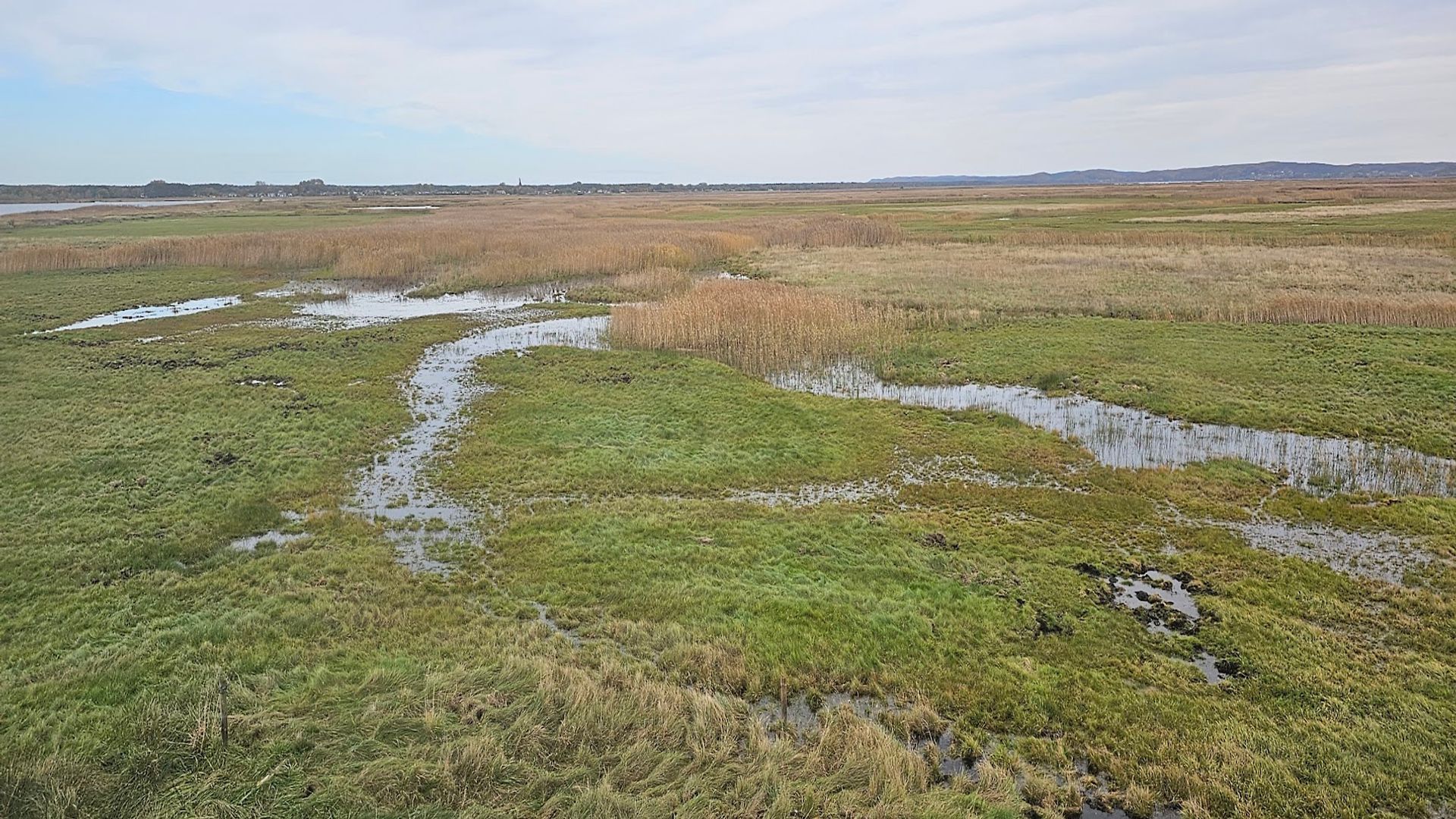
Karsiborska Kępa welcomes visitors with a view of vast open spaces of pasture and meadows. The island is distinguished from other Delta islands by the fact that for decades it was used agriculturally as a pasture area. photo credits: Krzysztof Kałużny
Species
The reserve is an important stopover point for migratory birds - it is within the range of the East Atlantic Flyway. Many bird species use the island as a place to rest and recuperate - flocks of geese, ducks, cranes, snipes, as well as lapwings, Eurasian curlews and other meadow waders stop here.
Surveys at the end of the last century revealed the presence of a relatively large breeding population of Aquatic Warblers and valuable species from the group of waders including the Dunlin subspecies schinzii. Particularly important was the fact that the area was inhabited by Aquatic Warblers, as then and now this species is one of the most threatened passerine birds of continental Europe. Today, the Aquatic Warbler has extinct from the area with the collapse of the West Pomeranian population of the species, but there is a prospect for its return. An important species for Karsiborska Kępa is the White-tailed eagle - an emblematic bird for Woliński National Park, which benefits from the island's bird abundance. On Karsiborska Kępa there are breeding populations of lapwing, redshank, bearded reedling, common snipe, common crane, greylag goose, and single pairs of lemon pipit. Also ohars try their hand at it. On Karsiborska Kępa there is a rare and valuable plant community - coastal saltmarsh. The salt marshes are mainly two plant communities, forming a mosaic: a coastal halophilous meadow, i.e. a halophilous (brackish) meadow, and a halophilous (brackish) rush. The greatest floristic curiosity is the buck's-horn plantain, which has the only natural site in Poland.

photo by Krzysztof Kałużny
Restoration action
The semi-natural character of the nature reserve and the progressive succession of the reed beds oblige us to take permanent measures to preserve the natural values of the site. Our main objectives are: to maintain and increase the breeding population of waders, to restore and maintain the breeding population of Aquatic Warblers, and to maintain the saltmarsh character of the island's vegetation. We do this by, among other things, mowing expansive vegetation. Preservation of breeding habitats for wetland-associated birds is possible by mowing dense reed beds and providing suitable water conditions for this species during the breeding season. Repeating such a process for many years leads to it becoming thinner and weaker, thus providing more space and more favourable light conditions for sedges and saltmarsh species. In the western part of the island, at least one mowing is carried out annually and all mowed biomass is removed outside. This treatment makes it possible to maintain favourable breeding habitats for meadow waders: lapwing, snipe and redshank, and to expose light-loving salt marsh grasslands. OTOP BirdLife Poland also carries out the so-called initial mowing, which consists in getting rid of dense reed rushes that have covered abandoned areas for a long time - this is one of the elements aimed at restoring former habitats - both plant and bird.
A measure common to both habitat types is the adaptation of water management in the reserve to the needs of nature conservation. In order to maintain an adequate water level as well as water quality, suitable water intakes were made from the Świna River and the pump station was modernised. This allows us to ensure optimum water levels in floodplains, puddles and ditches necessary for birds during breeding. At the same time, the intake of water from the Świna River ensures that the water is sufficiently saline to maintain the salt pans. Work is currently underway to modernise and improve the entire system in order to adapt it to current changes in nature.

photo by Krzysztof Kałużny
Monitoring
Most of the conservation activities we carry out in the reserve are subject to ongoing internal monitoring - above all, we collect data describing the nature of the activities undertaken, their location and their effectiveness. One of the most important types of monitoring is that of vegetation cover and breeding birds. Analyses of the collected data allow us to control and evaluate the effectiveness of our conservation measures.

fot. Krzysztof Kałużny
People
Head of West Pomeranian OTOP’s private protected areas
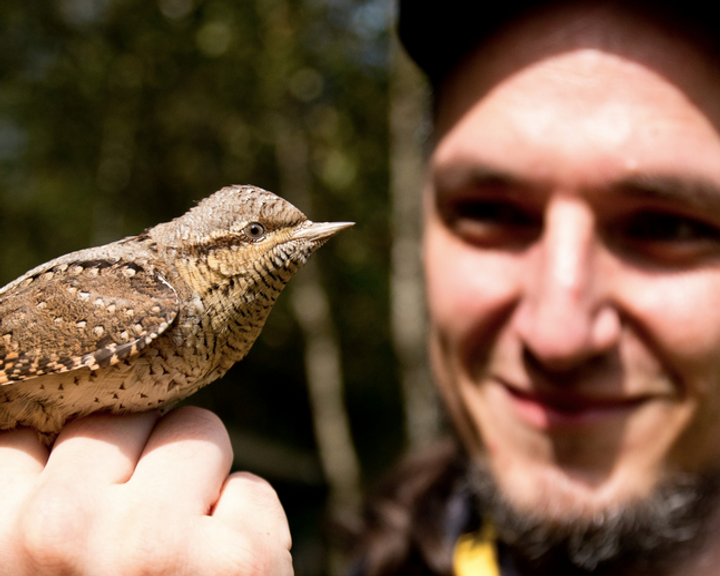
Krzysztof Kałużny
Materials about the OTOP’s private protected area Karsiborska Kępa
Here you will find webinars, podcasts, and videos in Polish about the work carried out by OTOP BirdLife Poland in the reserve.
Videos
Webinar - OTOP’s private protected area Karsiborska Kępa [PL]
OTOP’s private protected area Karsiborska Kępa - Polish horse breeding [PL]
OTOP’s private protected area Karsiborska Kępa. Here beats the wild heart of nature! [PL]
Home Page
The OTOP's private protected area Karsiborska Kępa is one of the first community reserves, and perhaps the first to adopt active conservation methods (active measures and works – as opposed to strict reserves, which are closed to all human activity). You can read about the detailed activities undertaken by OTOP BirdLife Polska on the reserve's home page (in Polish only)
View
Photos from OTOP’s private protected area Karsiborska Kępa
photos by Krzysztof Kałużny
◀
▶
Partners
Nature-based solutions in open wetlands restoration for biodiversity, water quality improvement and climate mitigation) // 1.10.2024 – 30.09.2025
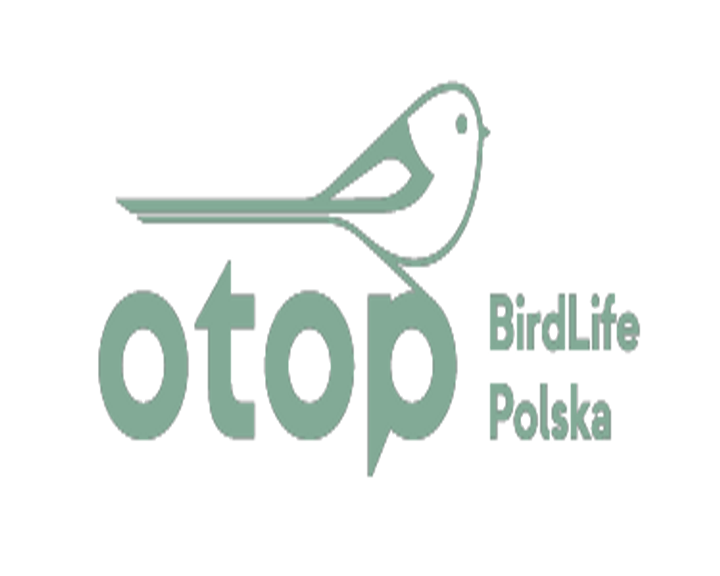
OTOP BirdLife Poland
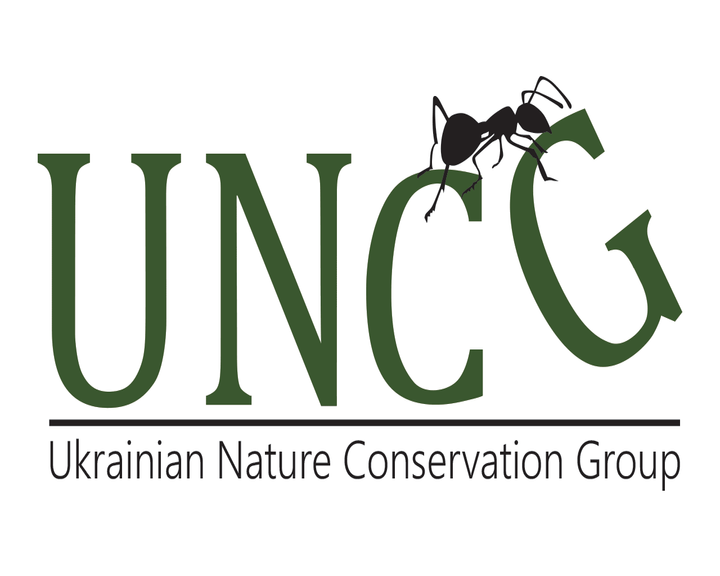
Ukrainian Nature Conservation Group

Snowchange Cooperative
